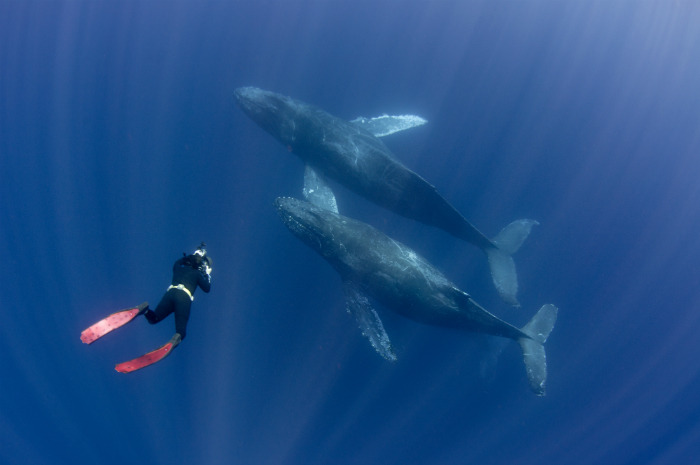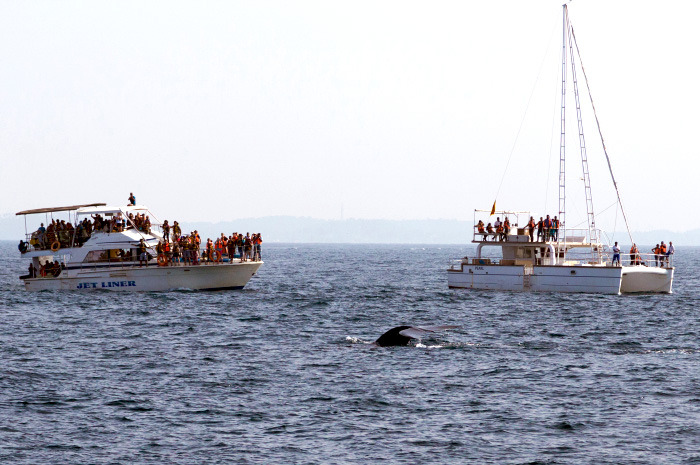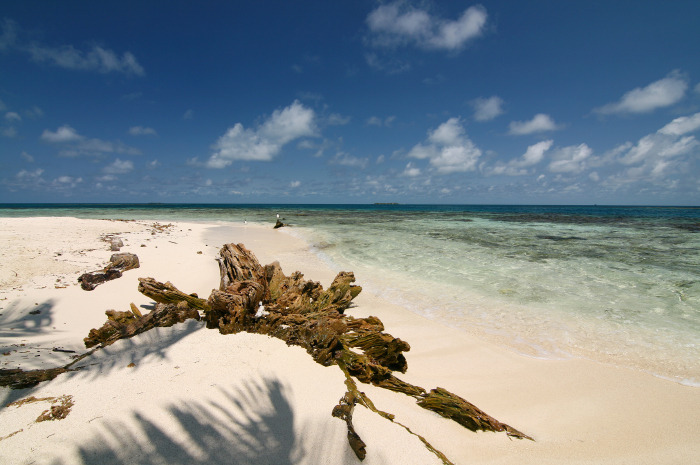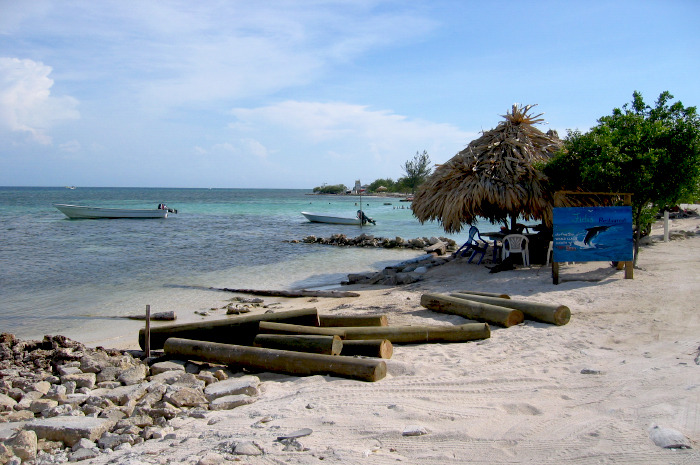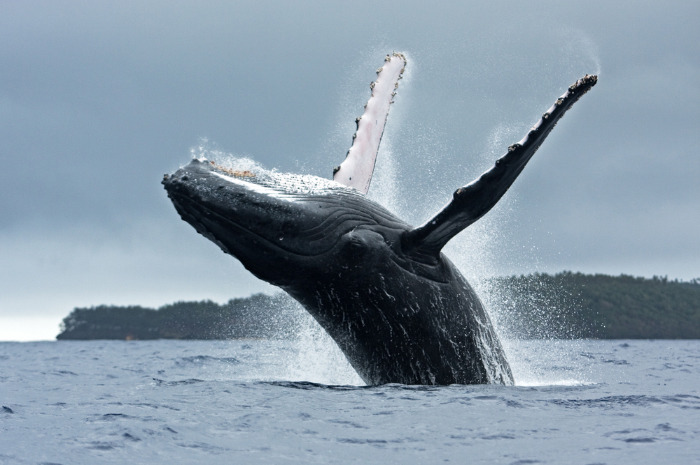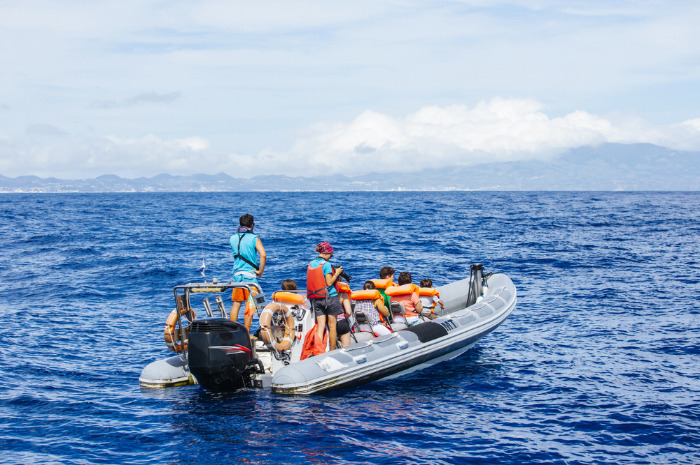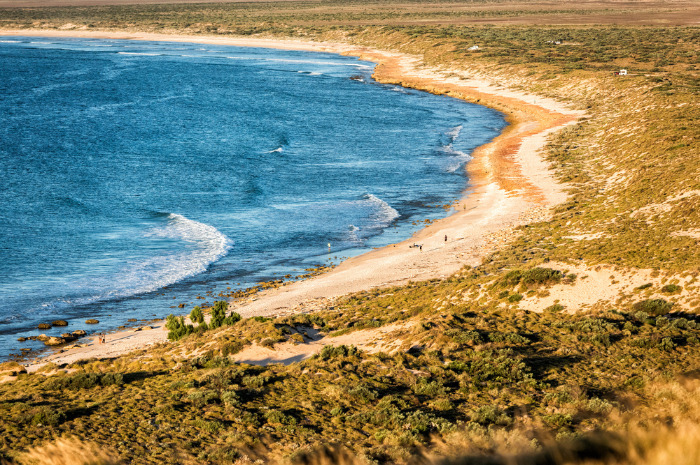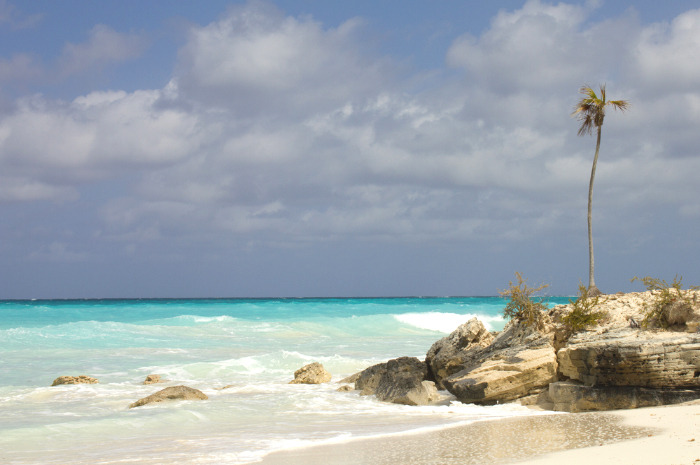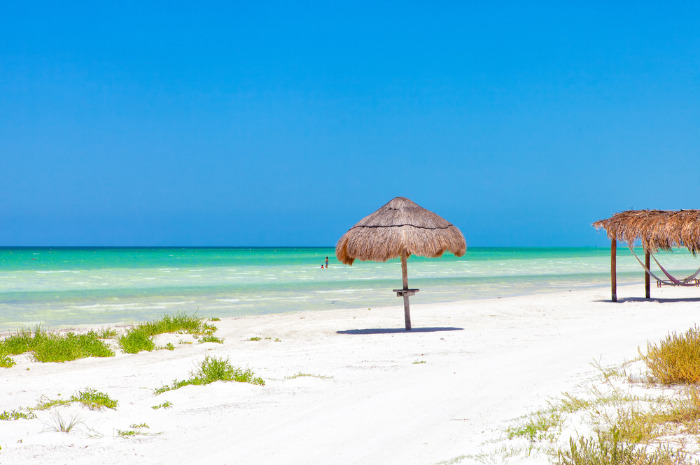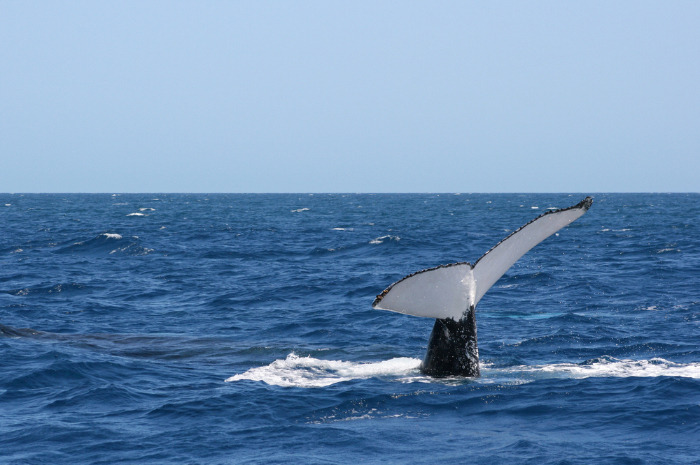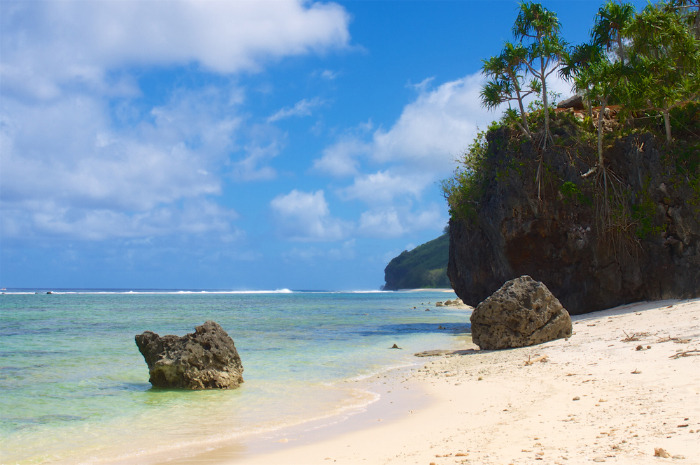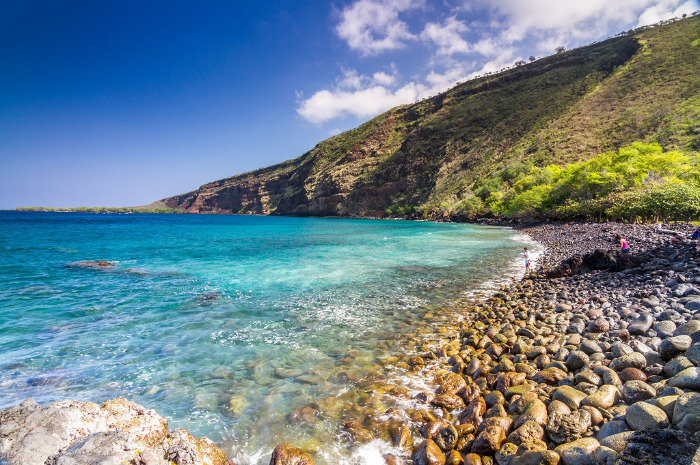The Most Incredible Places To Swim With Whales Around The World
Whale watching should be on every adventurer's bucket list of crazy quests. Swimming with these fascinating marine mammals takes "exploring" to a whole new level and but should not be reserved for the bravest souls out there. Whales usually evoke fear, at first. But some species are real "gentle giants." Witnessing the mighty mammals is never guaranteed. Certain destinations are more dependable than others.
Sri Lanka
Sri Lanka is home to one of the largest concentrations of pygmy blue whales on earth. You can go on a unique safari that offers diving with blue whales, giving you a chance to get very close to them. Not everyone can go though. You must be a really strong swimmer and have a real passion for marine-life, the organizers say. The whales will come to you; touching is not allowed, and "chasing" whales is prohibited.
Gladden Spit, Belize
Go to southern Belize between April and June. This is when divers and snorkelers get the chance to spot the large pelagic feeder known as the whale shark. When in a playful mood, the "gentle giants" will hang around for a long time. The best time for a trip is three days before the full moon to three days after the last quarter moon (It's during this period that Cubera Snappers spawn, attracting the Whale Sharks).
Utila, Honduras
Although more frequent in March, April, August, and September, the whale shark, a major attraction for scuba divers and snorkel divers alike, is regularly seen around Utila and, unlike dolphins or other fish which tend to school or travel in pods, they are usually solitary. The island is reckoned by some to be home to an annual rendezvous of these presumably migratory creatures that have been recorded traveling over 8,000 miles, according to About Utila.
Tonga
Tonga is one of the few places in the world where you can still swim with the whales, according to Tonga Holiday. Most of the whales are mothers with calves. Southern humpback whales take shelter in the tropical reef-protected waters of Tonga to give birth to their young. They arrive from July to October. Those of you who want to focus on taking pictures can go on photography tours in with innovative pro-photographer.
The Azores
Travelers can avoid crowds in Portugal by escaping to its spattering of Atlantic islands called the Azores. The autonomous region is an archipelago formed by nine volcanic islands and a few islets. They are still relatively undiscovered, yet they offer a wide range of adventurous activities. The Blue Whale Migration is a special Whale Watching and research program focusing on the biggest animal to ever live on the planet.
Ningaloo Reef, Western Australia
The Humpback whale in-water interaction tour will once again be offered in Exmouth and Coral Bay on Australia's Coral Coast between August and November 2017. The humpback whale was an endangered species along the West Australian coast, but conservation efforts have boosted the mammal's population in the area to around 30,000. Several boat operators have already put together their tour offerings starting late July/early August. The whales are more often there from mid-July onwards.
Salt Cay, Turks and Caicos
Snorkelers see dolphins and migrating humpback whales in the winter. Cotton cay, a 4-mile uninhabited island just north east of Salt Cay, is a popular snorkeling destination. You get to see underwater jungles of elk horn coral with nurse sharks and sting rays. A ship that wrecked there in 1790 is still clearly visible, as it's just 20 feet underneath you. Many areas offer 100-foot visibility. The water is pristine, and has some of the best reefs in the region.
Isla Holbox, Mexico
At just over 20 square miles, the Mexican island of Isla Holbox is tiny. But the teeming waters at the intersection of the Gulf of Mexico and the Caribbean Sea contain the world's highest concentration of whale sharks, the largest fish at up to 40 feet long. Despite their size, whale sharks are docile filter-feeders, so you can safely swim among them on a guided tour.
Mooloolaba, Australia
This is a relatively new location for swimming with humpback whales. Participants who take part can expect a three-hour round trip with a maximum of 20 participants taken on each trip, according to Visit Sunshine Coast. A new adventure has been offered since 2016 – full-day tours in collaboration with Australia Zoo aboard a custom-built conservation and research vessel. More than 22,000 humpbacks are expected to make the migration north from Antarctica, arriving in Queensland by July and returning south from September to November.
Rurutu, Tahiti
The best time to go is between July and October when southern humpback whales move to the water near Tahiti to mate and give birth. Rurutu is actually known as the Island of Whales. You are not allowed to approach the whales but some of them may come near you.
Kealakekua Bay, Hawaii
This isolated bay on the Big Island is an unspoiled marine sanctuary filled with colorful marine life and coral where you can see, among other fish, whales and dolphins. Tucked along this bay are ancient religious temples and also the historic monument where world explorer Captain James Cook met his fate, according to Hawaii Activities. Archaeological sites are only accessible by rugged foot paths or by kayak.
